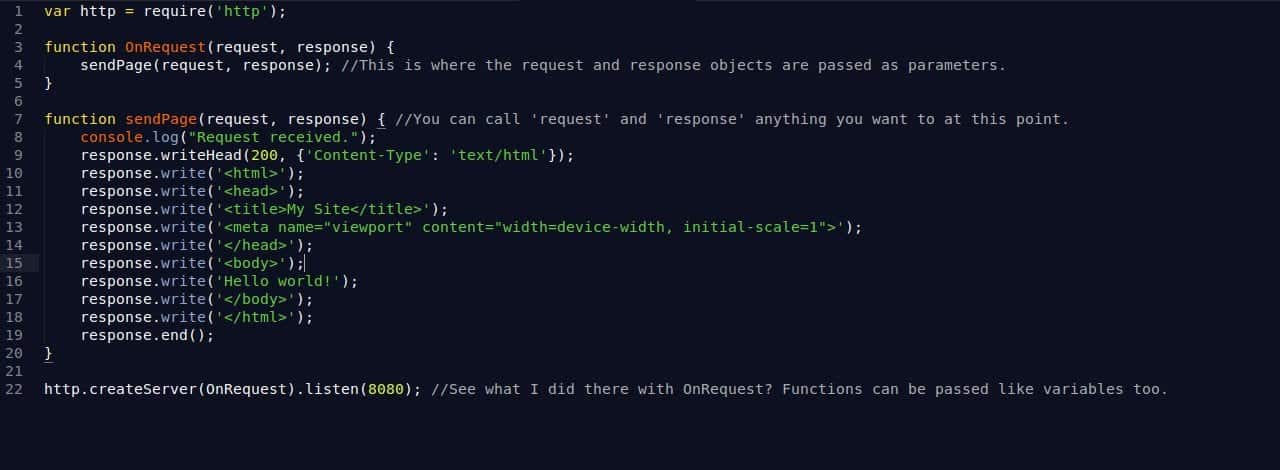There are currently more than 1,600 tokens and accompanying blockchain platforms on the cryptocurrency market. Some of them power app platforms, decentralized exchanges, banking/fiat currency transfers, and some are purely cryptocurrencies.
1. Nano (formerly Raiblocks)
Nano is a cryptocurrency that is designed to be just that — a cryptocurrency. It promises almost instant, minerless, feeless global transactions without completely disregarding security. It has so far lived up to its performance claims, as I experimenting with sending 1 to 3 Nano back and forth many times, and it consistently took less than 11 seconds to complete each transaction. Nano promises infinite scalability, but time will tell if that’s true. Some have speculated that it can achieve over 7,000 transactions per second.
A benefit of feeless transactions that I noticed when trying it out (apart from saving money) was that of convenience. I didn’t have to calculate how much the recipient be shorted due to fees and then compensate for that (sending extra). It sends precisely the correct amount with no hassle.
This is in contrast to Bitcoin and similar cryptocurrencies, which utilize fees as one of multiple ways to deter attacks on the network (the fees deter attackers because they have to pay for their network activity).
Nano tries to compensate for this by requiring the sender’s computer to generate a Proof Of Work (PoW)/nonce, according to their whitepaper. This is insignificant to a normal user, but costly for an attacker trying to flood the network with thousands of requests (due to high CPU usage, which results in high energy usage).
This is a great attempt to secure the network, which I hope will prove to be a sufficient alternative to fees. Nano utilizes a block lattice architecture in which each user account has its own blockchain, and as a user you create a block when you initiate a transaction. Nano utilizes a Proof Of Stake consensus algorithm.
Website: Nano.org.
2. EOS – A Blockchain-Based App Platform
EOS is a decentralized app platform (dApp) that utilizes blockchain technology and runs smart contracts, as does Ethereum. It aims to achieve a high capacity in the order of millions of transactions per second (eventually). EOS differs from Ethereum (currently the world’s biggest dApp platform) in that it is minerless. EOS has block producers (block production is done by miners on the Ethereum network) that are appointed via an election process.
This ties into the proof of stake (PoS) consensus that EOS uses, more specifically Byzantine Fault Tolerant Delegated Proof Of Stake (BFT-DPoS). EOS token holders vote in 21 block producers during each round, and each producer produces 6 blocks per round (6 * 21, resulting in the production of 126 blocks per round). EOS aims to offer feeless transactions, contrasting the approach used by Bitcoin and Ethereum (fees compensate miners and help to deter attacks on the networks).
Their whitepaper says:
“Using the EOS.IO software, blocks are produced in rounds of 126 (6 blocks each, times 21 producers). At the start of each round 21 unique block producers are chosen by preference of votes cast by token holders. The selected producers are scheduled in an order agreed upon by 15 or more producers.”
Many are concerned that this is an excessively centralized approach, while advocates cite that Bitcoin and Ethereum mining are not as decentralized as they cracked up to be due to mining pools. It is worth noting that the Bitcoin and Ethereum networks lie in the hands of not only miners, but also nodes.
Nodes on the Bitcoin and Ethereum network are not financially compensated. However they (block producers) are on the EOS network. In the case of other networks, this would pose the threat of incentivizing people or companies to set up numerous nodes and take over the network (as financial compensation could cover the cost of running those nodes), but EOS prevents that by requiring the election of nodes.
You can’t simply download a program and start running an EOS node, you have to be elected! It is worth noting that Bitcoin’s less-restrictive design (anyone can run a node without an election, but the lack of compensation is discouraging people from setting up more nodes than they need) has resulted in a significantly larger number of Bitcoin nodes (there are more than 5,800 listening Bitcoin nodes). Not all nodes listen for connections, therefore there could be thousands more nodes on the Bitcoin network. Not bad.
EOSIO is now offering a prelease of EOS (Dawn 3.0) in their GitHub repository, if you’re looking to get started with EOS development this early (for those of us who aren’t familiar with software release terminology, this does not mean that the EOS network is officially online, this is just for development purposes/testing). The main network is slated to launch after June 2, 2018. If you have EOS tokens (which are currently on the Ethereum network), register them before June 2, 2018.
Website: EOS.io.
3. Ethereum – A Blockchain-Based App Platform
Ethereum showed the world what can be done with a decentralized app platform, and it delivered — with some hiccups here and there. Ethereum is a blockchain-based dApp platform that utilizes the Ether cryptocurrency to pay for the usage of Ethereum network resources and allows developers to run smart contracts, providing the opportunity to enforce the rules of a contract without using a person or company as an intermediary.
Ethereum utilizes a Proof-Of-Work consensus algorithm that has resulted in significant energy usage and has limited the network’s performance. Ethereum is now transitioning to an adaptation of the Proof-Of-Stake consensus algorithm called Casper. Unlike EOS, Ethereum utilizes transaction fees to compensate miners and to help deter attacks on the network by making them costly.
Ethereum is not exactly one of the new kids on the block (like EOS and Nano), but it may have a bright future, as the transition to Casper’s algorithm may bring about a substantial improvement in performance and scalability. Ethereum’s founder Vitalik Buterin has a clear interest in achieving the highest level of decentralization possible.
Website: Ethereum.org.









